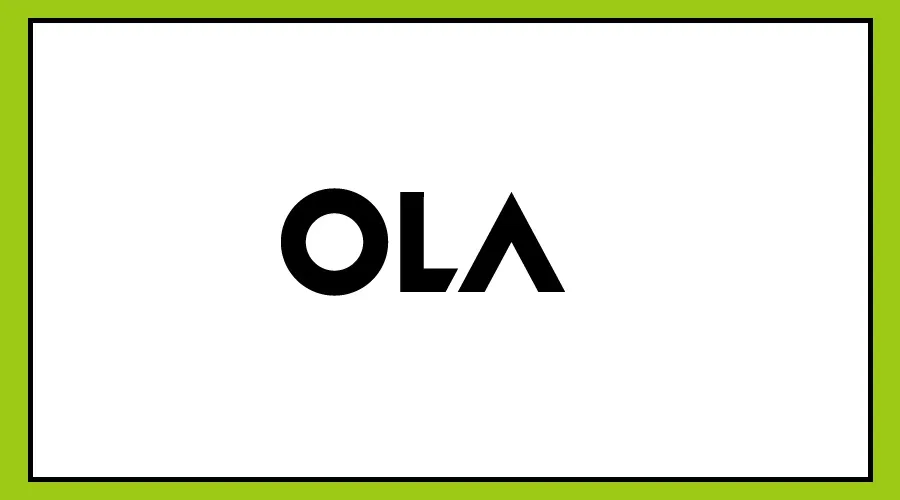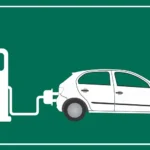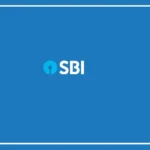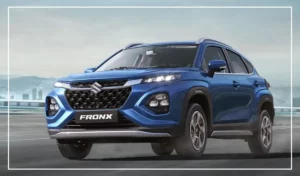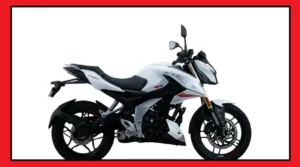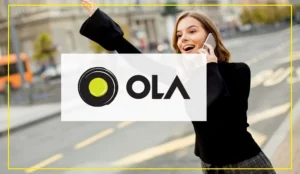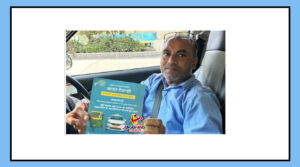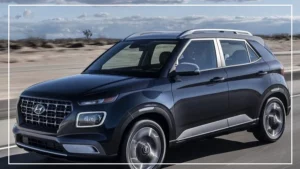Cab aggregators can now charge up to twice the base fare during peak traffic hours, according to the Motor Vehicles Aggregator Guidelines (MVAG) 2025 issued by the Ministry of Road Transport and Highways on July 1.
Earlier, the maximum surge pricing limit was set at 1.5 times the base fare.
The Ministry has advised states to adopt the new guidelines within the next three months.
This updated fare system aims to give aggregators more flexibility during high-demand times while keeping pricing and operations within a regulated framework.
The MVAG 2025 also fills a long-standing gap by allowing private (non-transport) motorcycles to be used for passenger rides through aggregator platforms, but only with the approval of the state government.
guidelines state: “The state government may allow aggregation of non-transport motorcycles for journey by passengers as shared mobility through aggregators.”
The goal is to reduce traffic, cut down pollution, and improve access to low-cost travel and local delivery services.
Under Clause 23 of the guidelines, states can also charge aggregators a daily, weekly, or fortnightly fee for using such motorcycles.
Bike taxi services like Rapido and Uber, which have faced unclear rules in several states—including a recent ban in Karnataka that triggered protests—have welcomed the move.
Rapido called this a “milestone in India’s journey towards a Viksit Bharat,” saying it would boost last-mile travel and make transport more affordable in areas with limited options.
Uber also praised the new guidelines, calling them a step forward in encouraging innovation and bringing clarity to the rules.
“Quick adoption by states is crucial for consistent implementation and building confidence among all stakeholders.
We appreciate the ministry’s balanced and consultative approach,” a company spokesperson said.
The MVAG 2025 replaces the 2020 version and reflects recent developments in India’s shared mobility space, such as rising demand for bike taxis, e-rickshaws, electric vehicles, and flexible pricing models.
The Ministry said the new framework is designed to be lightly regulated while focusing on safety, passenger security, and driver welfare.


